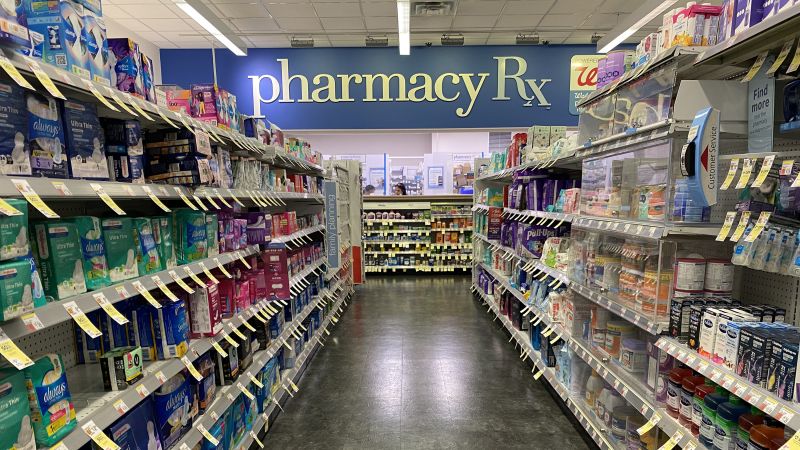In breaking news, Walgreens announced plans to close a “significant” number of its approximately 8,600 stores in the United States. CEO Tim Wentworth revealed that around 25% of Walgreens’ stores are not profitable, leading to the decision to shutter stores that are in close proximity to each other or facing challenges with theft.
The struggles faced by Walgreens and other retailers, such as CVS and Rite Aid, go beyond just shoplifting and involve competition and failed growth strategies. Walgreens acknowledged that their problems run deeper than just theft issues and admitted to focusing too much on the impact of shoplifting.
This wave of closures is part of a broader downturn in the drug store industry, with CVS closing 244 stores between 2018 and 2020 and announcing plans to close 900 stores in 2021. Rite Aid, on the other hand, filed for bankruptcy last year and is set to close up to 500 stores.
“We are at a point where the current pharmacy model is not sustainable,” Wentworth remarked, highlighting the challenges faced by drug store chains due to falling reimbursement rates for prescription drugs.
Pharmacy benefit managers (PBMs) have been cited as a major factor contributing to the struggles faced by drug stores, as they negotiate rebates from drug manufacturers to insurers and have been cutting reimbursement rates to boost their own profits.
The decline in profits from filling prescriptions has also impacted drug stores, as customers increasingly purchase items like snacks and household staples online or from big-box chains like Walmart and Costco. The shift in consumer behavior has affected the front end of drug stores, leading to decreased profitability in that area.
In an effort to adapt, drug store chains like Walgreens and CVS have ventured into primary care by adding doctors’ offices to their stores. However, these efforts have not been as successful as hoped, with Walgreens divesting from primary care network VillageMD after it proved unprofitable.
While the closures may benefit the companies’ financial bottom line, they are likely to have a negative impact on access to healthcare for some communities. Researchers have found that pharmacy closures can lead to health risks, particularly for older adults who may struggle to obtain necessary medications.
The loss of retail pharmacies can also disproportionately affect lower-income households, with roughly one out of every eight pharmacies closing between 2009 and 2015, significantly impacting independent pharmacies and low-income neighborhoods.Independent pharmacies with a large customer base on public insurance and lower reimbursement rates are particularly at risk of closure.












